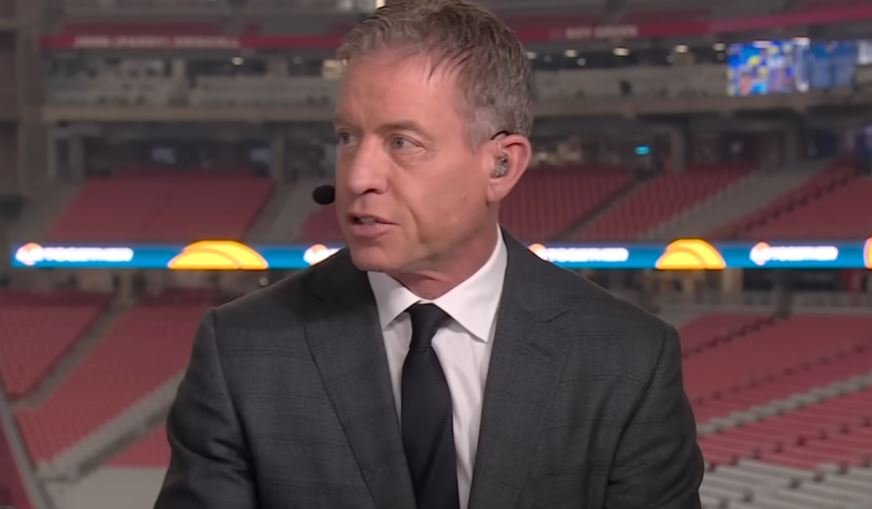Although it is not a recognized diagnosis, the term “football disease” has come to refer to the gradual and catastrophic damage that contact sports can cause to the brain. Most frequently, it alludes to chronic traumatic encephalopathy (CTE), a degenerative disorder brought on by repeated head trauma. Years of impacts cause the brain to fail in subtle but increasingly destructive ways, much like a worn circuit board eventually shorts out from too many tiny surges.
The silence of CTE is what makes it so eerie. An athlete may feel perfect for years, even decades. However, beneath the surface, tau proteins—which are misfolded and dysfunctional—start to build up around blood vessels in the brain’s deepest regions, affecting mood, memory, judgment, and coordination.
Football Disease (CTE): Key Medical and Social Data
| Category | Description |
|---|---|
| Informal Term | Football Disease |
| Medical Name | Chronic Traumatic Encephalopathy (CTE) |
| Diagnosis | Confirmed only post-mortem via brain tissue analysis |
| Primary Symptoms | Mood disorders, aggression, memory loss, confusion, impulsive behavior |
| Risk Population | Football players, boxers, rugby players, wrestlers, veterans |
| First High-Profile Case | Mike Webster (NFL, diagnosed in 2005 by Dr. Bennet Omalu) |
| Known Causes | Repeated concussions and subconcussive head impacts |
| Related Conditions | Alzheimer’s, Parkinson’s, motor neuron disease-like symptoms |
| Primary Research Link | Cleveland Clinic |
The connection between recurrent head trauma and chronic neurological decline has become remarkably evident in recent decades. 99% of people who had played in the NFL had symptoms of CTE, according to a 2017 study that looked at the brains of deceased football players. Their life’s symptoms, such as erratic behavior, paranoia, and depression, were frequently mistakenly ascribed to aging, stress, or mental illness.
By concentrating on these trends, scientists have greatly advanced our knowledge of how the hundreds of regular hits athletes sustain throughout the season, in addition to concussions, affect brain health. The cumulative effect of these seemingly insignificant impacts is comparable to the gradual erosion of a rock by droplets.
The sad tale of Aaron Hernandez, who was only 27 years old when he received a posthumous diagnosis of Stage 3 CTE, serves as a reminder of how quickly and severely the illness can develop. Soccer and rugby players have more recently been added to the growing list of athletes impacted. The cumulative effect of heading the ball is what causes concern in soccer, whereas tackles and collisions are the main concerns in American football.
However, there is still hope despite the dire statistics. Athlete safety is significantly improving as a result of preventive measures brought about by the increased awareness of CTE. There are now fewer contact drills, modified tackle regulations, and easier access to player education regarding the signs of head injuries. With the use of cutting-edge materials and shock-absorbing designs, even helmet technology has greatly increased in protection.
These days, neurologists frequently accompany teams on their travels in professional leagues. Medical personnel are better able to identify subtle concussion symptoms. The number of athletes who return to the field too soon after suffering a head injury has drastically decreased as a result of these developments.
The change is even more noticeable at the local level. Both flag football and more stringent age limits for full-contact play are being adopted by youth leagues. These choices, which are frequently the result of thorough deliberation and community discussion, show a growing awareness that head trauma sustained as a child can have long-term effects.
Research is moving forward steadily. Tau-specific PET scans, a type of brain imaging that may one day enable the early diagnosis of CTE in living people, are being tested in a number of studies. If successful, this discovery would be especially revolutionary, paving the way for more individualized treatment and earlier interventions.
Researchers are also looking at spinal fluid indicators and blood biomarkers that may be able to predict neurological decline long before symptoms manifest. Even though they are still in the experimental stage, these methods are especially creative and could eventually enable athletes to take charge of their health before the illness manifests.
Crucially, athletes themselves are starting to speak out in favor of change. Memory loss is a concern that Brett Favre has expressed. Harry Carson, a Hall of Famer, has advocated for less contact during practices. In addition to their notoriety, their testimonies are potent because they humanize a topic that is frequently viewed as remote or impersonal.
Additionally, a lot of players are opting to give their brains to research. This deed, which is both selfless and highly symbolic, has improved scientists’ comprehension of the disease’s mechanisms. The BU CTE Center is one of the nation’s largest repositories for sports-related neurodegeneration, with over 1,000 brains pledged to it alone.
There is no denying the ripple effect. Coaches are reconsidering their training methods. Better questions are being asked by parents. The concept of genuinely protecting athletes is being reexamined by athletic departments. Although strength, speed, and impact are still the main focuses of the game itself, its culture is growing more considerate and adaptable.
Football disease poses a particularly contemporary public health concern. It calls into question not only personal safety but also how society strikes a balance between ethics, tradition, and entertainment. Concussions are not the only problem; developing a system that prioritizes long-term brain health equally to game-day performance is.
This is where optimism enters the picture. There are solutions for this issue. It’s one where change is already being brought about by awareness. We’re creating a future where fewer athletes endure silent suffering following their last game by increasing access to diagnostic tools, funding continued research, and embracing prevention.







